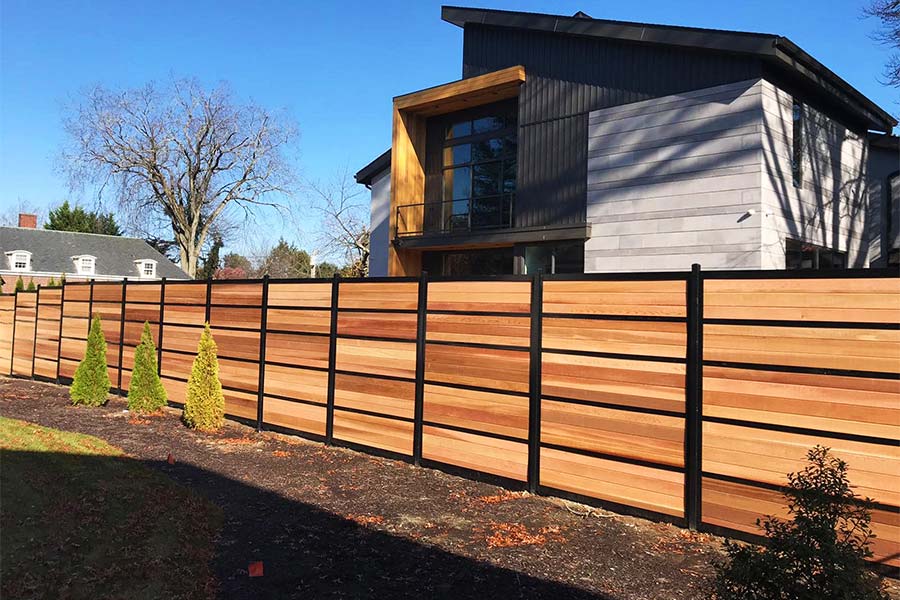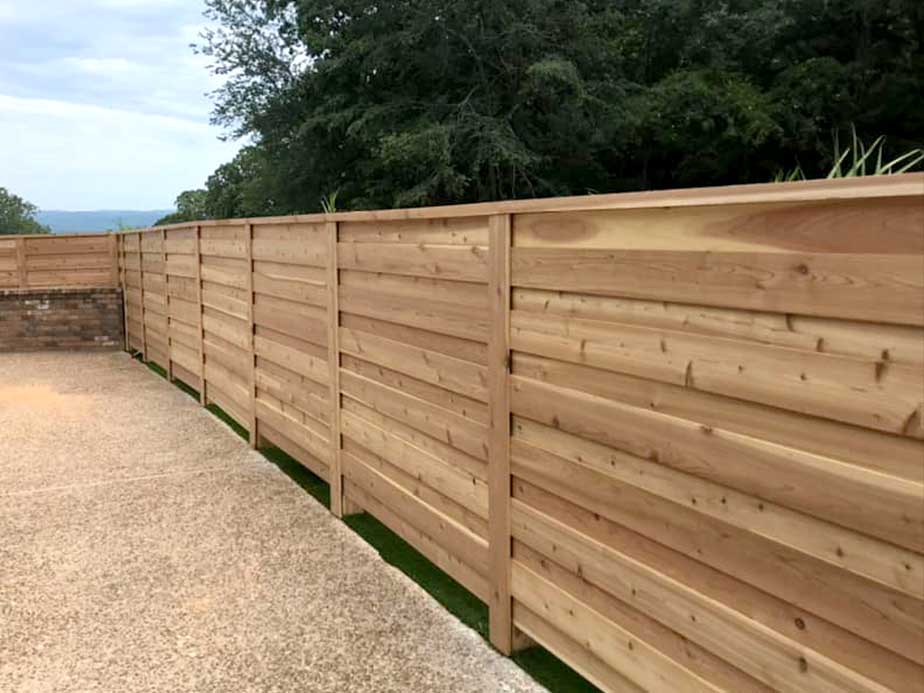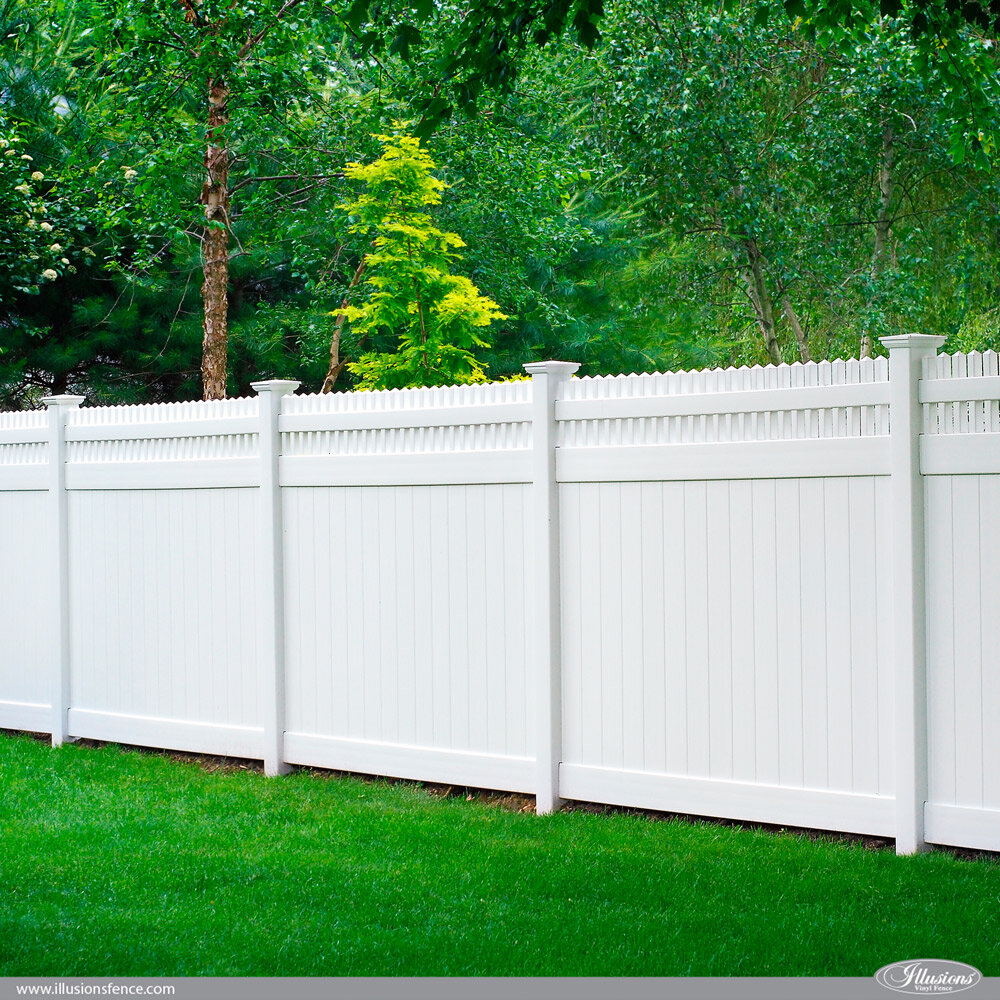All Categories
Featured

Selecting the appropriate fencing product is crucial for attaining the equilibrium of sturdiness, aesthetics, and functionality that fits your building. Wood, plastic, and aluminum are popular selections, each with unique functions that cater to specific requirements. Right here's an in-depth consider the advantages and disadvantages of these 3 materials.
Timber Fence. Pros:. Timeless Appeal: Wood uses an all-natural, traditional appearance that matches numerous building designs. Adjustable: It can be repainted or discolored in a range of layouts and colors. Budget friendly: Timber fences are commonly more affordable ahead of time than vinyl or light weight aluminum. Eco-Friendly: As a sustainable source, timber is eco-friendly and lasting when sourced sensibly. Cons:. Maintenance-Intensive: Requires regular discoloration, painting, or sealing to secure against weather and pests. Much Shorter Lifespan: Depending on the type of wood and climate, it usually lasts 10-15 years. Vulnerability to Damage: Prone to decaying, warping, and termite damage without appropriate care. Wood is optimal for property owners who value looks and agree to invest effort and time in upkeep to extend its life.
Plastic Fencing. Pros:. Long lasting: Resistant to pests, rot, and climate, plastic maintains its framework in rough conditions. Reduced Maintenance: Requires little maintenance past occasional cleansing. Long Life expectancy: Vinyl can last 20-30 years without substantial wear or damage. Functional Designs: Offered in various shades, structures, and designs, including choices that simulate wood. Disadvantages:. Expensive Setup: Vinyl fences are more expensive to mount compared to wood. Breakable in Cold Weather: Plastic can split in severe cool climates. Challenging to Repair work: If harmed, entire areas may need replacement, which can be challenging to match. Vinyl fence is a terrific choice for those prioritizing long life and minimal maintenance, even if it features a higher ahead of time expense.

Light Weight Aluminum Fencing. Pros:. Rust-Resistant: Aluminum does not rust, making it excellent for moist or wet areas. Strong yet light-weight: Offers stamina without being excessively hefty, which simplifies installation. Reduced Upkeep: Calls for little more than cleaning and occasional repainting. Long life: Light weight aluminum fencings can last for years without significant deterioration. Classy Layouts: Typically made use of for attractive objectives, light weight aluminum includes sophistication to any type of building. Disadvantages:. High Preliminary Cost: Light weight aluminum fences are amongst the extra expensive options. Restricted Personal privacy: Commonly created with open areas, they don't block views or sound. Susceptible to Dents: While durable, light weight aluminum can be nicked or curved with heavy influence. Light weight aluminum is best matched for those who want a resilient, trendy fencing and don't require total privacy.
Making the Right Option. Each material has its weak points and strengths:

Wood is perfect for eco-conscious purchasers and typical visual appeals who do not mind upkeep. Plastic functions for home owners seeking a weather-resistant, low-maintenance solution. Aluminum is a resilient, ornamental option for those that want sophistication and durability. Consider your priorities-- whether it's cost, look, maintenance, or personal privacy-- and speak with a secure fencing professional to choose the product that finest fulfills your demands. A well-selected fence will improve your building for several years to come.
Latest Posts
Explore Brake Repair & More: Full Auto Care Solutions from Montclare Auto Repair
Published en
1 min read
Why Consistent Auto Maintenance at Montclare Auto Repair Keeps Your Wallet Happy
Published en
1 min read
Unlock Your Financial Partner at WyHy – Top Benefits for Your Money Goals
Published en
1 min read
More
Latest Posts
Explore Brake Repair & More: Full Auto Care Solutions from Montclare Auto Repair
Published May 29, 25
1 min read
Why Consistent Auto Maintenance at Montclare Auto Repair Keeps Your Wallet Happy
Published May 28, 25
1 min read
Unlock Your Financial Partner at WyHy – Top Benefits for Your Money Goals
Published May 25, 25
1 min read